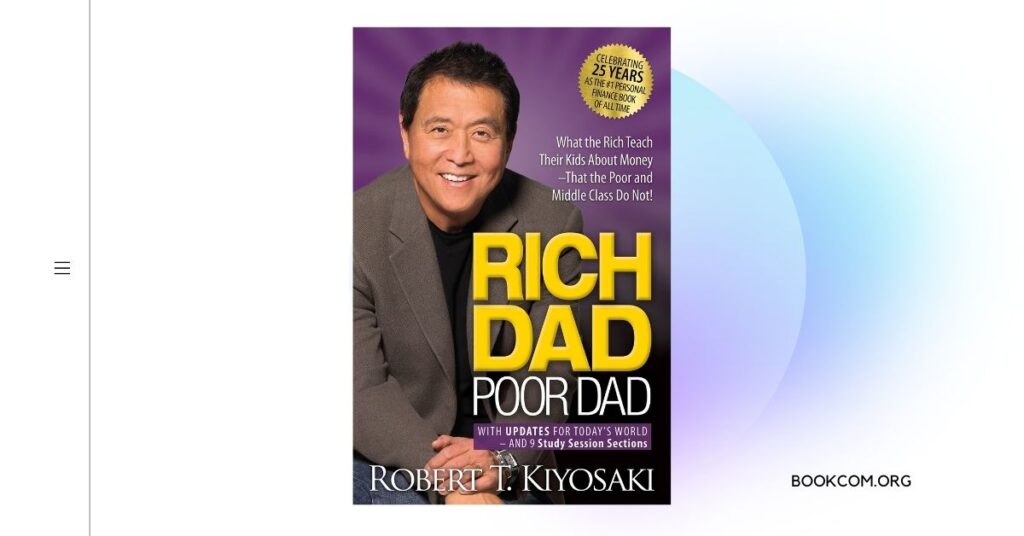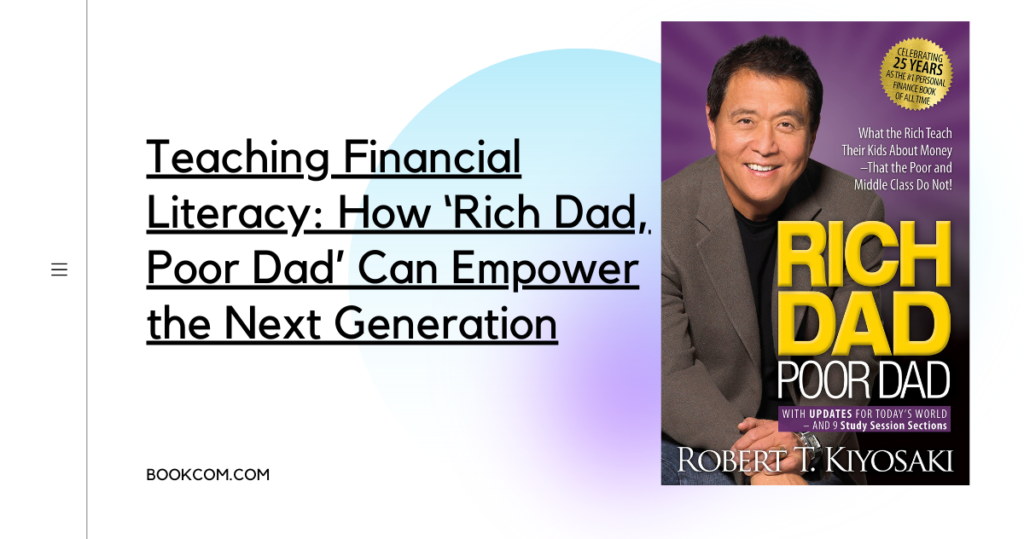Understanding the difference between assets and liabilities is fundamental to achieving financial success. In the influential book ‘Rich Dad, Poor Dad’ by Robert Kiyosaki, this concept takes center stage, challenging conventional wisdom and providing invaluable lessons on building wealth. By grasping the distinction between assets and liabilities, you can make informed financial decisions and take steps towards financial independence. In this article, we will delve into the lessons from ‘Rich Dad, Poor Dad’ that shed light on the difference between assets and liabilities and how it can transform your financial outlook.
Lesson 1: Redefining Assets and Liabilities
One of the key lessons in ‘Rich Dad, Poor Dad’ is redefining assets and liabilities. Kiyosaki introduces a fresh perspective, different from the traditional understanding. In this context, assets are defined as income-generating investments or items that put money in your pocket, while liabilities are expenses or items that take money out of your pocket.
Practical Tip: Review your financial portfolio and identify which assets you currently own that generate income or have the potential to do so. Likewise, assess your liabilities and determine if they are draining your financial resources without offering any returns. This shift in perception will guide your financial decisions going forward.
Lesson 2: Acquiring Income-Generating Assets
‘Rich Dad, Poor Dad’ stresses the importance of acquiring income-generating assets to build wealth. Kiyosaki emphasizes that the wealthy focus on investments that generate passive income, such as real estate properties, stocks, bonds, or businesses. By accumulating income-generating assets, you can create a sustainable stream of wealth.
Practical Tip: Educate yourself about different types of income-generating assets and explore investment opportunities that align with your financial goals and risk tolerance. Consider diversifying your portfolio to mitigate risks and maximize returns. Seek professional advice or mentorship to make informed investment decisions.
Lesson 3: Minimizing Liabilities and Controlling Expenses
To achieve financial independence, it is crucial to minimize liabilities and control expenses. ‘Rich Dad, Poor Dad’ encourages individuals to be mindful of their spending habits and distinguish between necessary expenses and those that are merely draining their financial resources.
Practical Tip: Conduct a thorough evaluation of your expenses and identify areas where you can cut back or eliminate unnecessary costs. Differentiate between expenses that provide long-term value or generate income and those that are purely consumptive. Develop a budget or financial plan that prioritizes savings and investment contributions while minimizing liabilities.
Lesson 4: The Power of Good Debt and Bad Debt
‘Rich Dad, Poor Dad’ explores the concept of good debt and bad debt, challenging the notion that all debt is inherently bad. Kiyosaki explains that good debt is used to acquire income-generating assets or investments that appreciate in value, while bad debt is incurred for consumptive purposes or liabilities that do not generate returns.
Practical Tip: Develop a clear understanding of the purpose behind taking on debt and assess whether it aligns with acquiring income-generating assets or appreciating investments. Seek opportunities to leverage debt strategically for wealth-building purposes, such as real estate investments or business ventures. Exercise caution and ensure that the potential returns outweigh the associated risks.
Lesson 5: Evolving Your Financial Decision-Making
‘Rich Dad, Poor Dad’ emphasizes the need to evolve your financial decision-making process by focusing on acquiring assets and minimizing liabilities. Kiyosaki encourages individuals to adopt a mindset that prioritizes long-term wealth creation over short-term gratification.
Practical Tip: Continuously evaluate your financial decisions and assess how they contribute to building your asset base. Seek opportunities to acquire income-generating assets and explore strategies to reduce and eliminate liabilities. Regularly educate yourself about financial concepts and seek guidance from trusted advisors to make informed decisions aligned with your financial goals.
Understanding the difference between assets and liabilities is a crucial step towards achieving financial independence and building long-term wealth. ‘Rich Dad, Poor Dad’ provides invaluable lessons in redefining assets and liabilities, emphasizing the importance of acquiring income-generating assets and minimizing liabilities. By applying these lessons, you can make informed financial decisions, cultivate a wealth-building mindset, and take significant strides towards achieving your financial goals.



